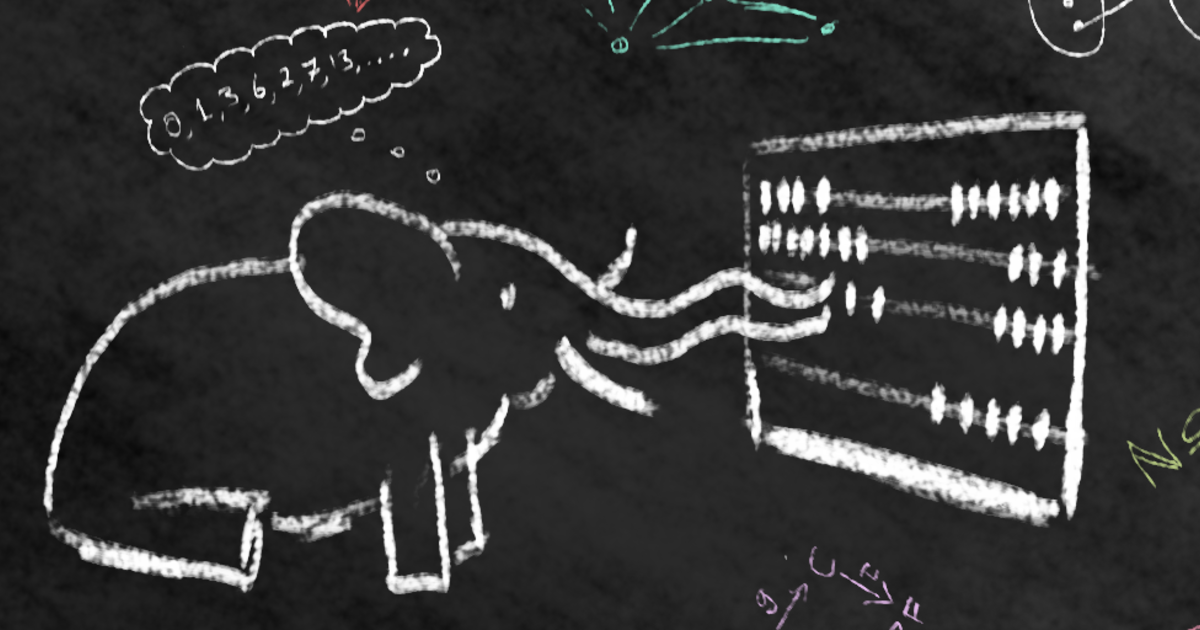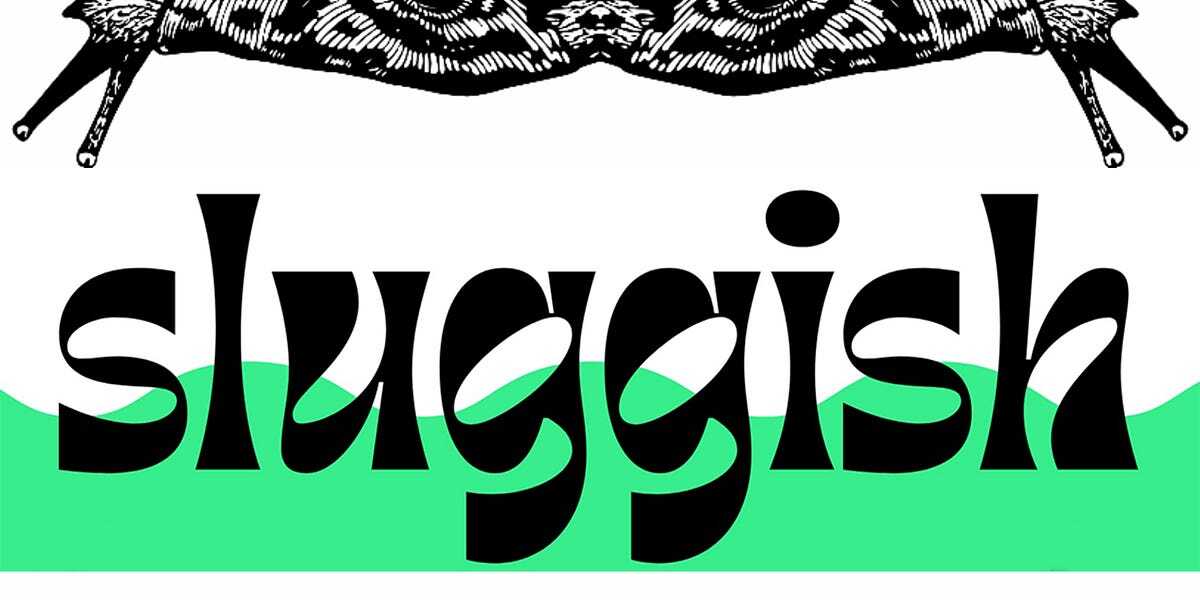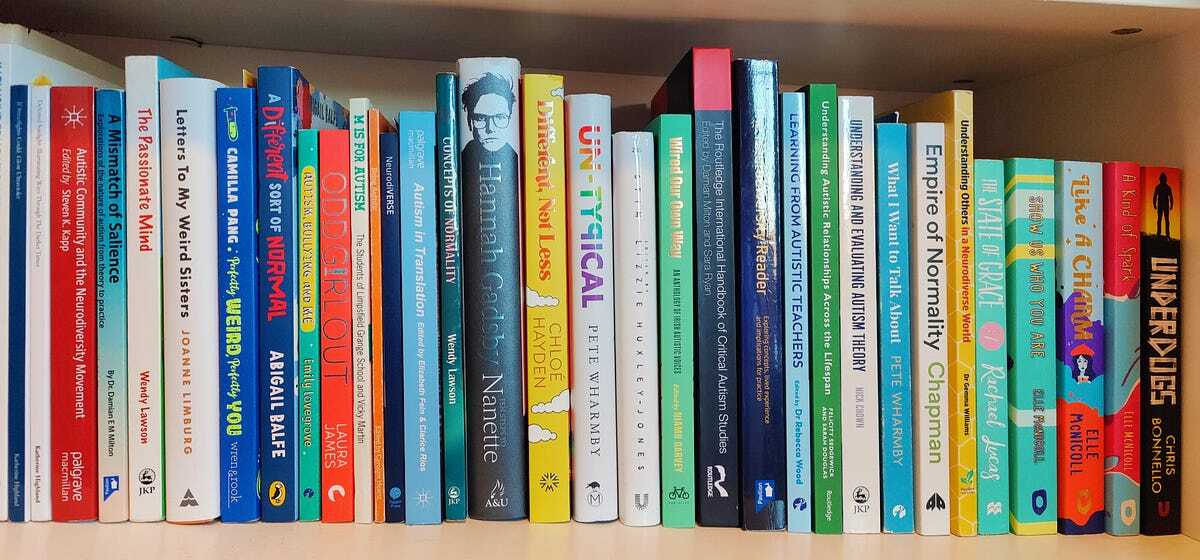Monotropism Reflected in the Communication Style of Artistic Expression
Becca Cook is an AuDHD artist, animal communicator, and writer.
Monotropism is a cognitive tendency often present in autistic individuals, characterized by an intense focus on one or two interests at a time. My attention feels like a narrow beam of light, bright, deep, and consuming. This focus creates a rich inner world, one where thoughts and emotions spiral into deep connections of complex understanding. While this kind of focus can seem limiting to those who process information in a more multi-tracked way, monotropism has its own unique power. It creates depth, meaning, and complexity that might not be reachable through broader, surface-level engagement.
Artistic expression, in my experience, becomes more than a medium, it’s a language. I often say artistic expression is my second language, my first being energetic communication and third being language and words. Artistic expression is a bridge between inner experience and outer reality, where the intensity of focus condenses into a form that can be shared with the world. I have always felt communication through traditional verbal or social means can feel restrictive. Words often feel too linear, too fragile to hold the weight of multi-dimensional thoughts and emotions. But art? Art is a vessel wide enough to carry that depth.
Art made through monotropism tends to be layered and complex. The work may not be consciously planned, but emerges as a natural outcome of deep immersion. Like the fruiting body of a mycelial network, what appears on the surface is just the culmination of much deeper, hidden processes. This artistic communication often feels oracular, holding meaning that even I may not fully understand until later. The art becomes a mirror, a map, a code. It’s a kind of communication that is less about explaining and more about revealing, with layers of interpretation available to anyone who looks deeply enough. In my experience art is a way in which I communicate with myself, primarily in feelings and emotional states.
When I work on an art piece, I rarely start with a specific goal. Instead, I follow the pull of my focus, allowing the process to guide me. The art grows organically, shaped by my emotional and intellectual rumination. It feels like dreaming, where symbols arise naturally, carrying insights that only make sense with time. Often, I’ll finish a piece and only later recognize what it was expressing. Sometimes, I realize it predicted patterns or trends I wasn’t aware of at the time. This is not about mysticism but about how deeply the monotropic mind processes information, connecting threads beneath conscious awareness.
In this way, monotropism becomes an artistic strength. It allows for prolonged immersion, enabling me to build work that carries a kind of depth not easily reachable through fleeting, surface-level engagement. Each piece is multi-dimensional, layered with emotions, concepts, and connections. It becomes a conversation with the self, but also with the world an offering for others to explore and interpret.
My approach to art created through monotropism doesn’t aim to please or entertain. It isn’t designed for quick consumption or easy interpretation. Instead, it holds an invitation to slow down, to feel, to notice. It asks the viewer to enter into its depth, to experience the layers of thought and emotion woven into its creation.
This is why artistic expression is one of the most authentic and powerful forms of communication for my monotropic mind. It’s not about conforming to linear explanation but about holding space for complexity. It’s about allowing the unconscious to speak, trusting that meaning will unfold in its own time, in its own way.
In a world that often rewards speed, efficiency, and clarity, monotropic art defies these expectations. It values depth over breadth, process over product, patience over quickness. It holds the quiet power of being wholly present with one thing at a time, allowing that presence to shape what is born.
By: Becca CookInstagram: @beccacookart
License: All Rights Reserved




